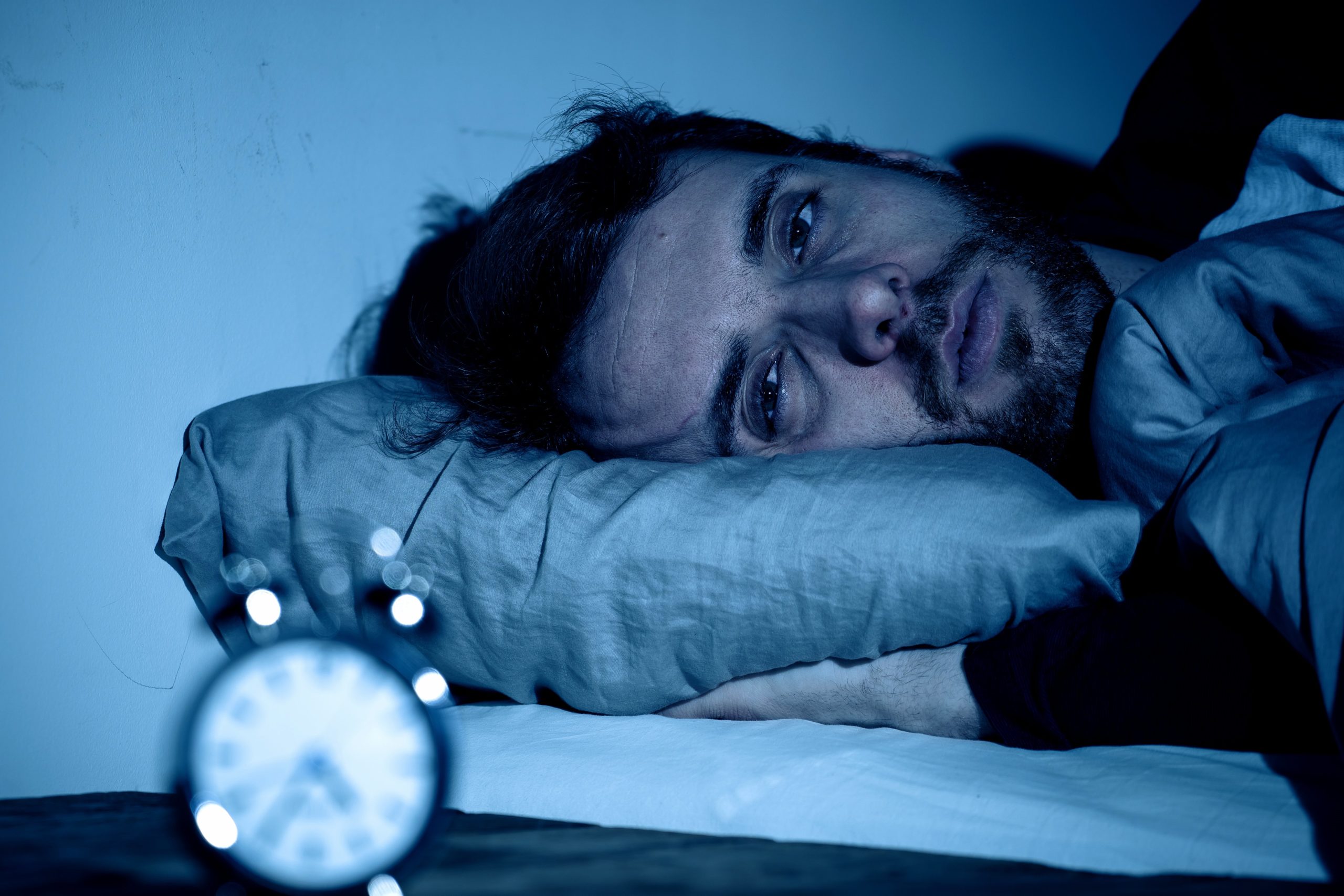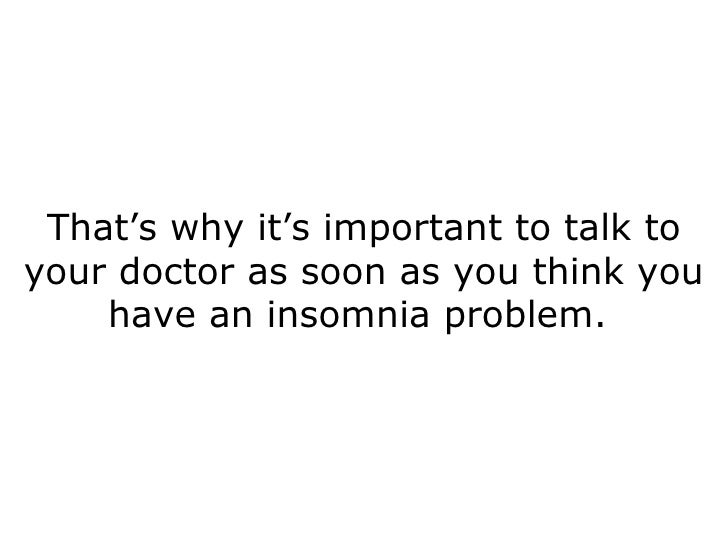

#Global insomnia definition full#
RAND Europe had full editorial control and independence on the analyses performed and presented in this report, which has been peer reviewed in accordance with RAND Europe's quality assurance standards. The report was funded by Idorsia Pharmaceuticals Ltd, Switzerland, and was conducted by RAND Europe under the advisement of a steering committee whose members were selected by the RAND Europe research team for their topic expertise and objectivity. Methodology included literature review, secondary database analysis, and macroeconomic modelling.Study coauthor, Wendy Troxel, of RAND Corporation said: “We have known for a long time how devastating chronic insomnia can be for public health and well-being, but this report adds critical findings demonstrating the significant, global economic costs of insomnia across the working age population.”Īmong several recommendations for employers, policymakers, and health care professionals, the study highlights: Workplace interventions to identify and mitigate the impact of insomnia, screening for the disorder to be incorporated into routine clinical visits, and sleep health training for medical students and clinicians. Unfortunately, insomnia is often underdiagnosed, suggesting that many people are not getting the clinical support they need.” This would collectively benefit society as a whole. Study coauthor, Robert Romanelli, of RAND Europe said: “Understanding the broader societal effects of insomnia is crucial in identifying opportunities for scalable interventions designed to improve individual health, well-being, and productivity of individuals. This translates to annual 'hidden' costs in the working-age population, ranging from $1.5 billion in Norway to $127.1 billion in the United States, which reflect the aggregated value that working-age adults with insomnia from each country would be willing to trade.


8 percent) suffers from chronic insomnia. While approximately half of all adults are expected to experience some insomnia symptoms across the countries studied, one in 12 adults (approx.Using a range of methodologies, the researchers uncovered the following key findings: Additionally, the study describes the 'hidden' or intangible costs related to what individuals with insomnia would be willing to trade to avoid the negative consequences of this condition (i.e. The findings from the study show that chronic insomnia, which is defined as insomnia symptoms experienced at least three times per week for at least three months and impairment to daily activities, is associated with reduced productivity in the workplace due to absenteeism and presenteeism resulting in the loss of an average of 44–54 working days per year, and consequently a substantial loss to annual GDP. Insomnia symptoms include difficulty falling or staying asleep or poor quality or nonrestorative sleep. But the consequences of insomnia go well beyond the individual, with cascading effects on families, employers, and global economies.Īmid growing evidence that the condition is increasing globally, new research from RAND Europe, funded by Idorsia Pharmaceuticals Ltd., Switzerland and published on World Sleep Day 2023, reveals the societal burden and broad economic impact of insomnia, from countries within western, northern, and southern Europe as well as North America and Australia. Insomnia is the most common sleep disorder and exacts a significant toll on an individual's mental and physical health, quality of life, and productivity.


 0 kommentar(er)
0 kommentar(er)
